9 Natural Wonders of Tasmania
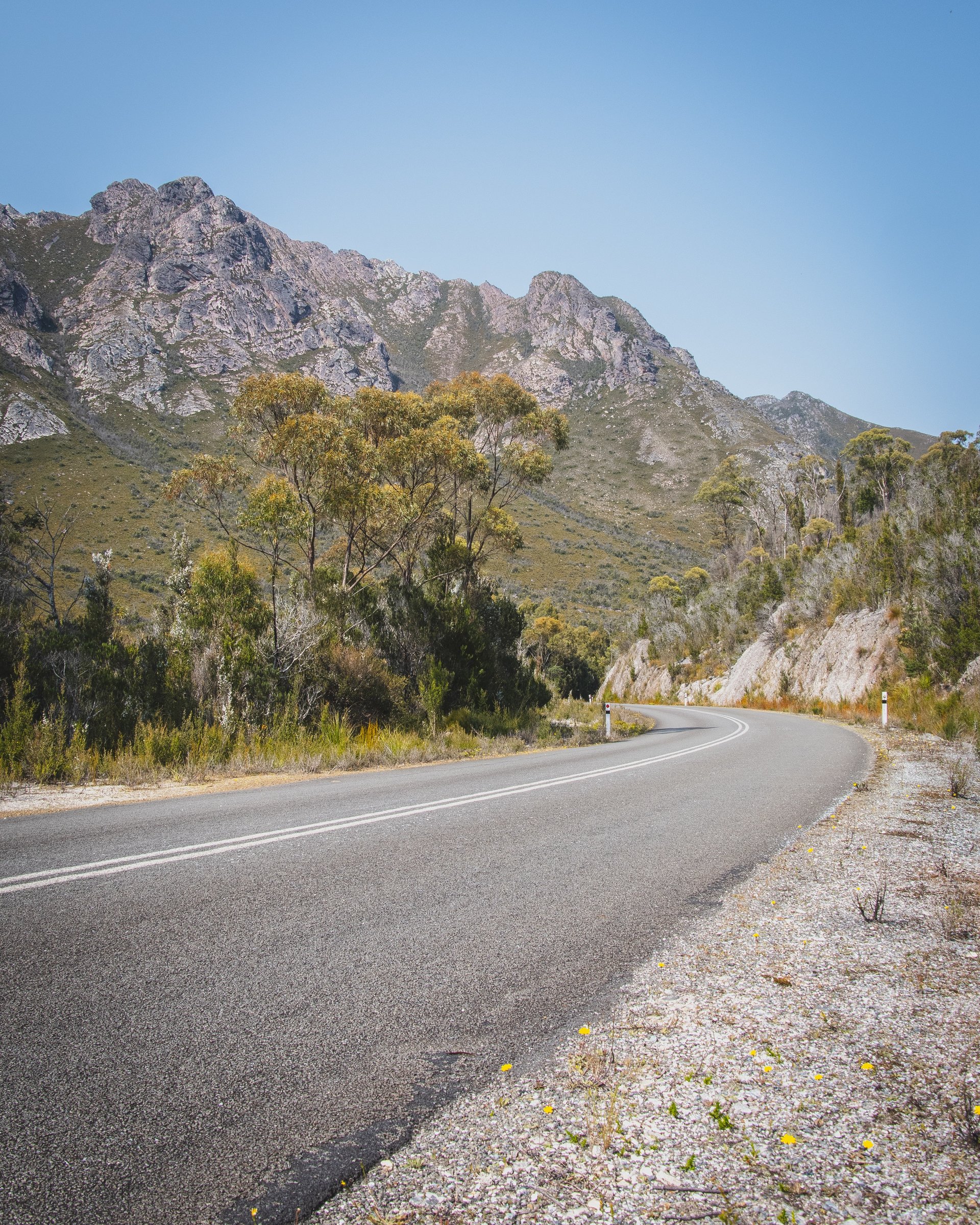
Lost for words? A glimpse of the Southern Lights, a triple rainbow, the turning of the fagus and a bay of fires will do that.

Ben Lomond
A million stars shine upon you in Tasmania, where the southern skies put on quite the show. The months between July and early spring are the best time to see the Milky Way in all its glory, when the moon rises later and creates perfect viewing conditions. Head away from the city to avoid light pollution and look up in wonder. Photo: walkhighlands.com.au
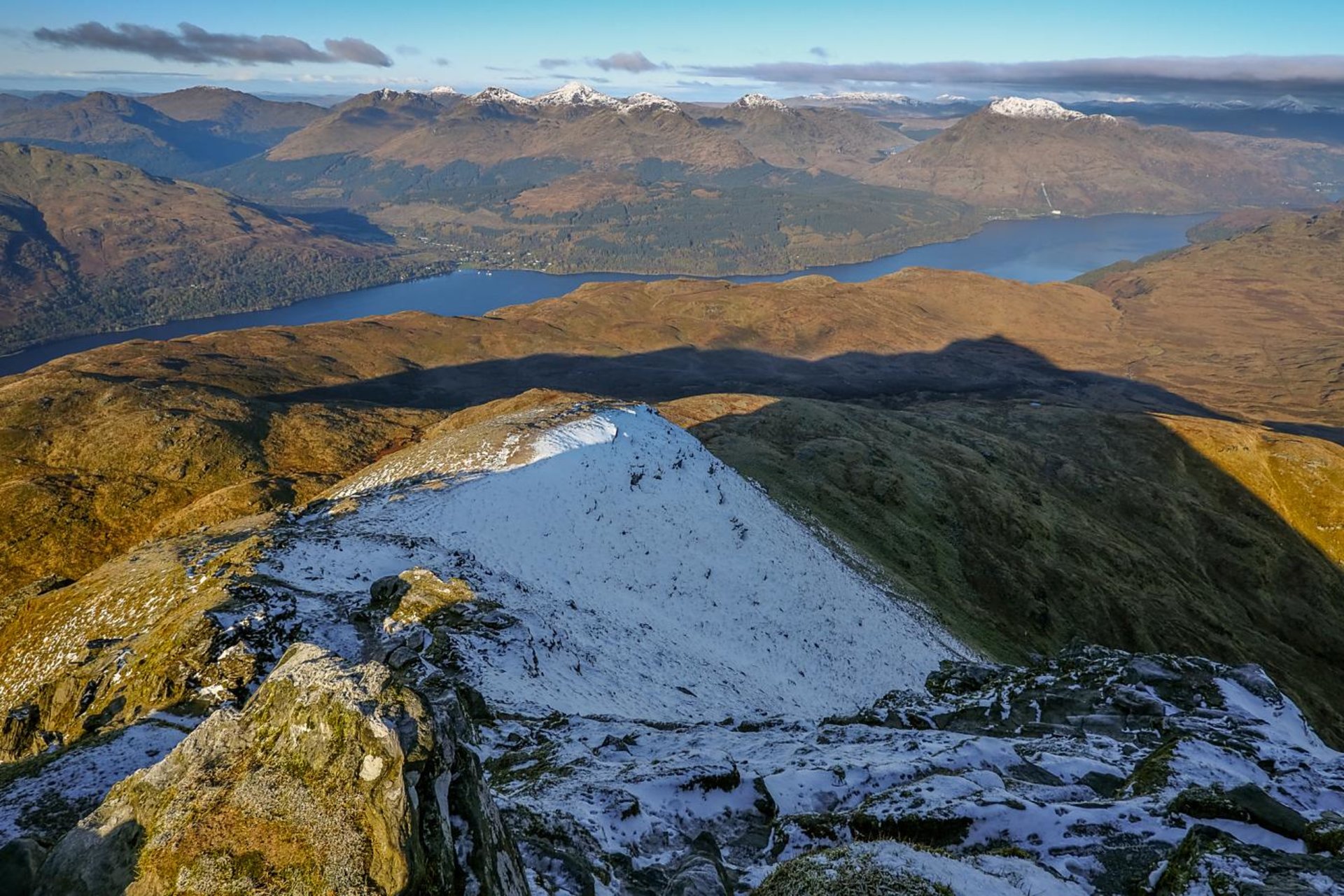
Ben Lomond
Ben Lomond TAS 7212, AustraliaLake Rosebery Boat Ramp
In the middle of Lake Rosebery, the only sound is the gentle splash of your paddle as it hits the dark water. This large tannin-stained lake on the west coast derives its colour from the surrounding buttongrass plains and provides the perfect cover for trout, which thrive in its depths. Photo: Louise Fairfax
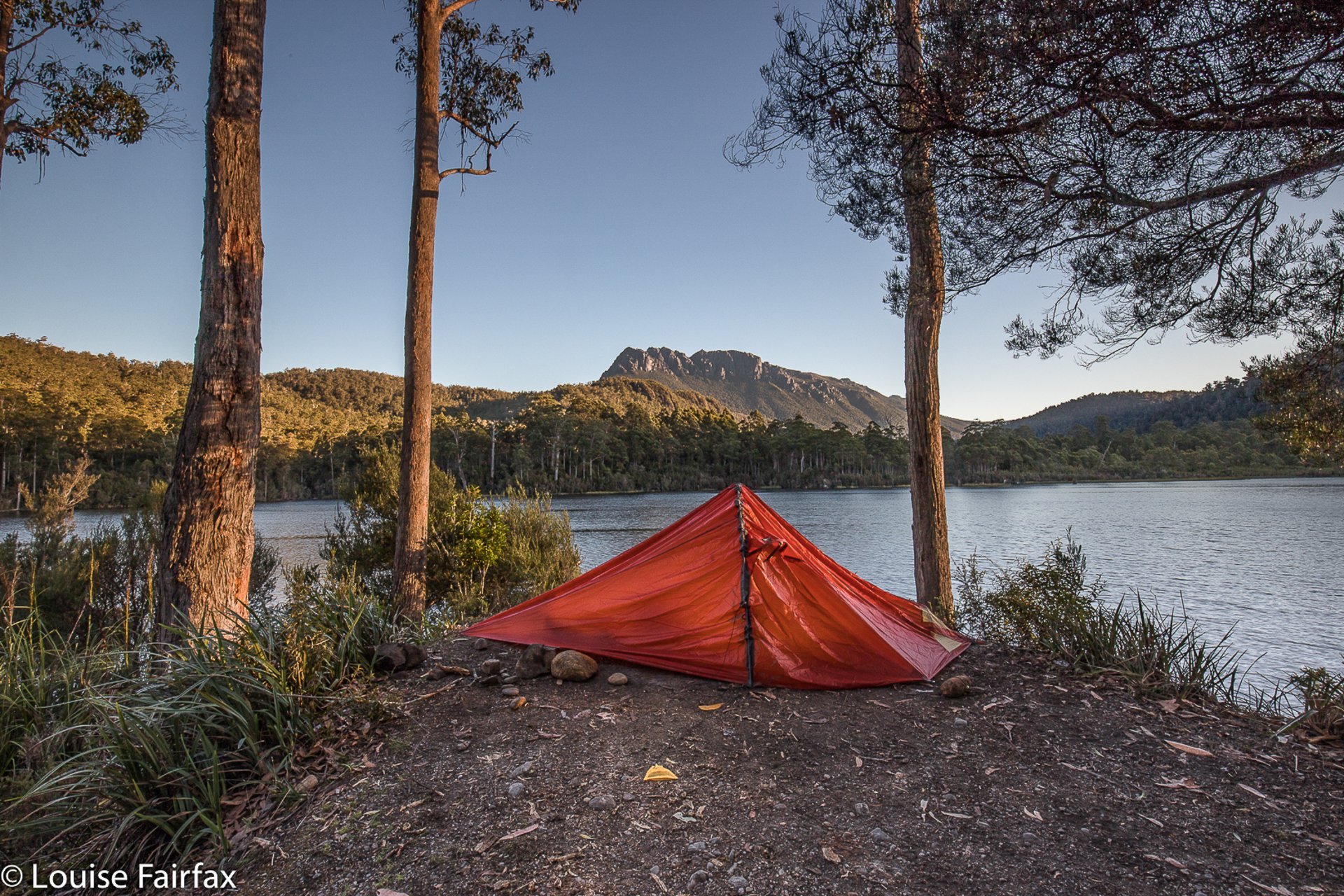
Lake Rosebery Boat Ramp
10545 Murchison Hwy, Tullah TAS 7321, AustraliaMount Field National Park
Watch the mountains shimmer in golden autumn colour. In late April and May the leaves of Tasmania’s deciduous beech, also known as the fagus, turn bright autumn tones of red, yellow, orange and gold, before dropping. The “turning of the fagus” is a highly anticipated pilgrimage for many - pack your walking boots to catch the colours in Mount Field and Cradle Mountain-Lake St Clair national parks.
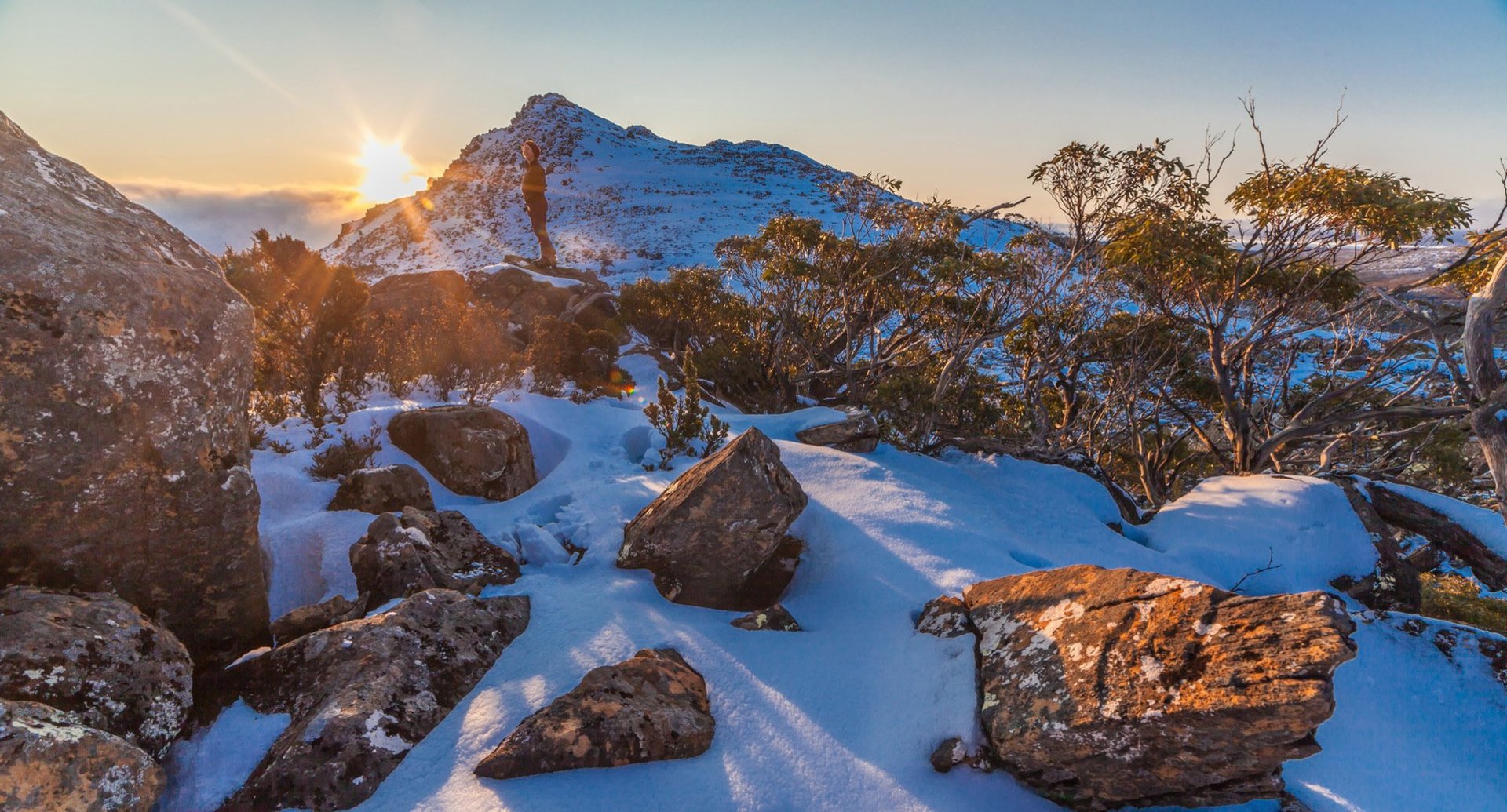
Mount Field National Park
66 Lake Dobson Rd, National Park TAS 7140, AustraliaFlinders Island
Visit an island off an island. Off the north-east coast of Tasmania, wander Flinders Island's white sandy beaches to see Castle Rock, and fossick for Killiecrankie diamonds and paper nautilus shells. Feast on freshly caught crayfish, trek to the craggy peaks of Mount Strzelecki, or stop and chat with the locals. You can do as much or as little as you like on Flinders. Photo: telegraph.com.au
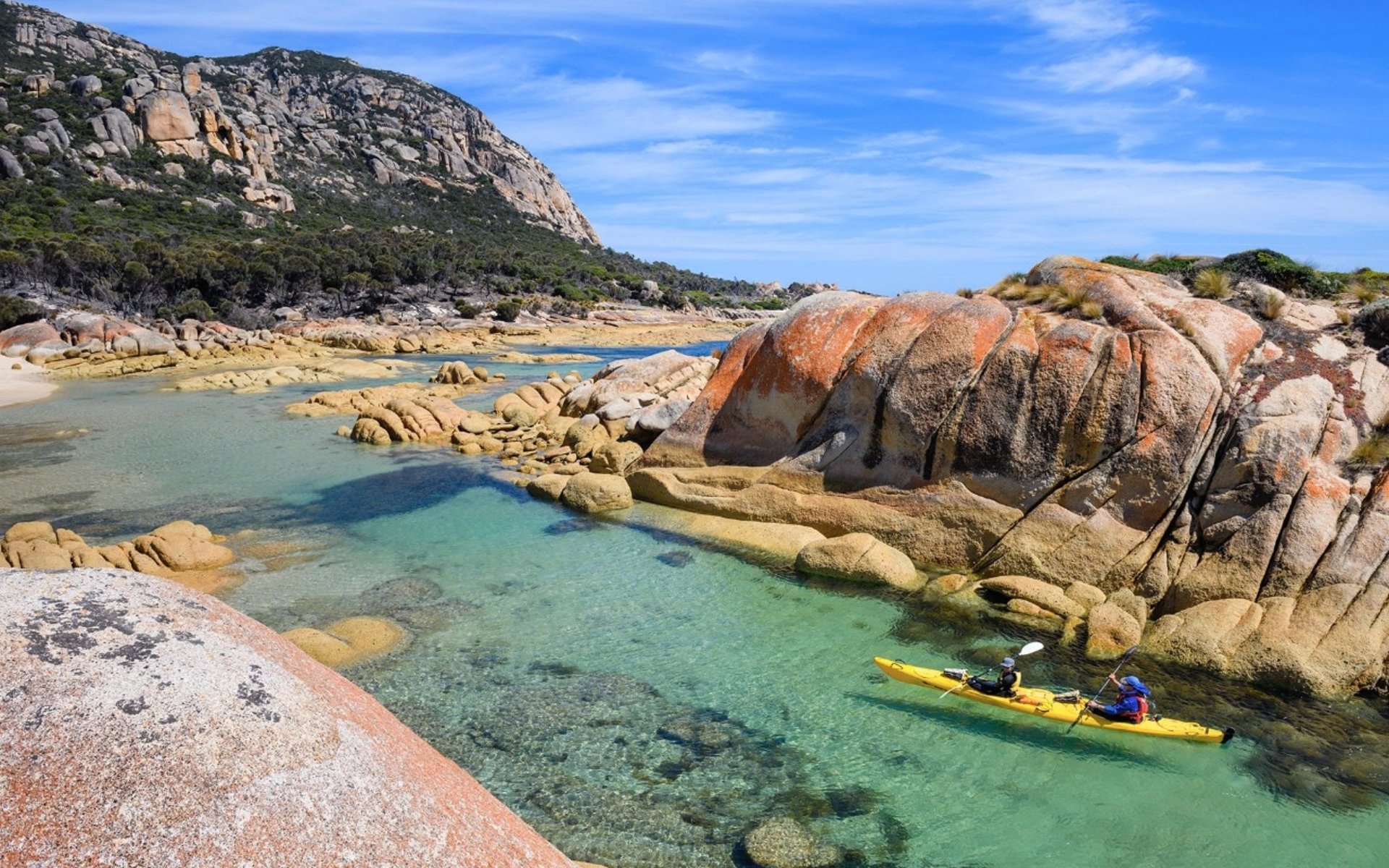
Flinders Island
Flinders Island, Tasmania 7255, Australia8 Garnet St
Nature’s most fleeting phenomena fill the skies frequently. This is because Tasmania has the ideal combination of latitudinal position, cloud patterns, low-hanging sun and clear skies to create rainbows. Don’t be surprised if you see more than one spectacular display of colour a day. We don’t just do rainbows, we do double and triple rainbows. Photo: discovertasmania.com.au
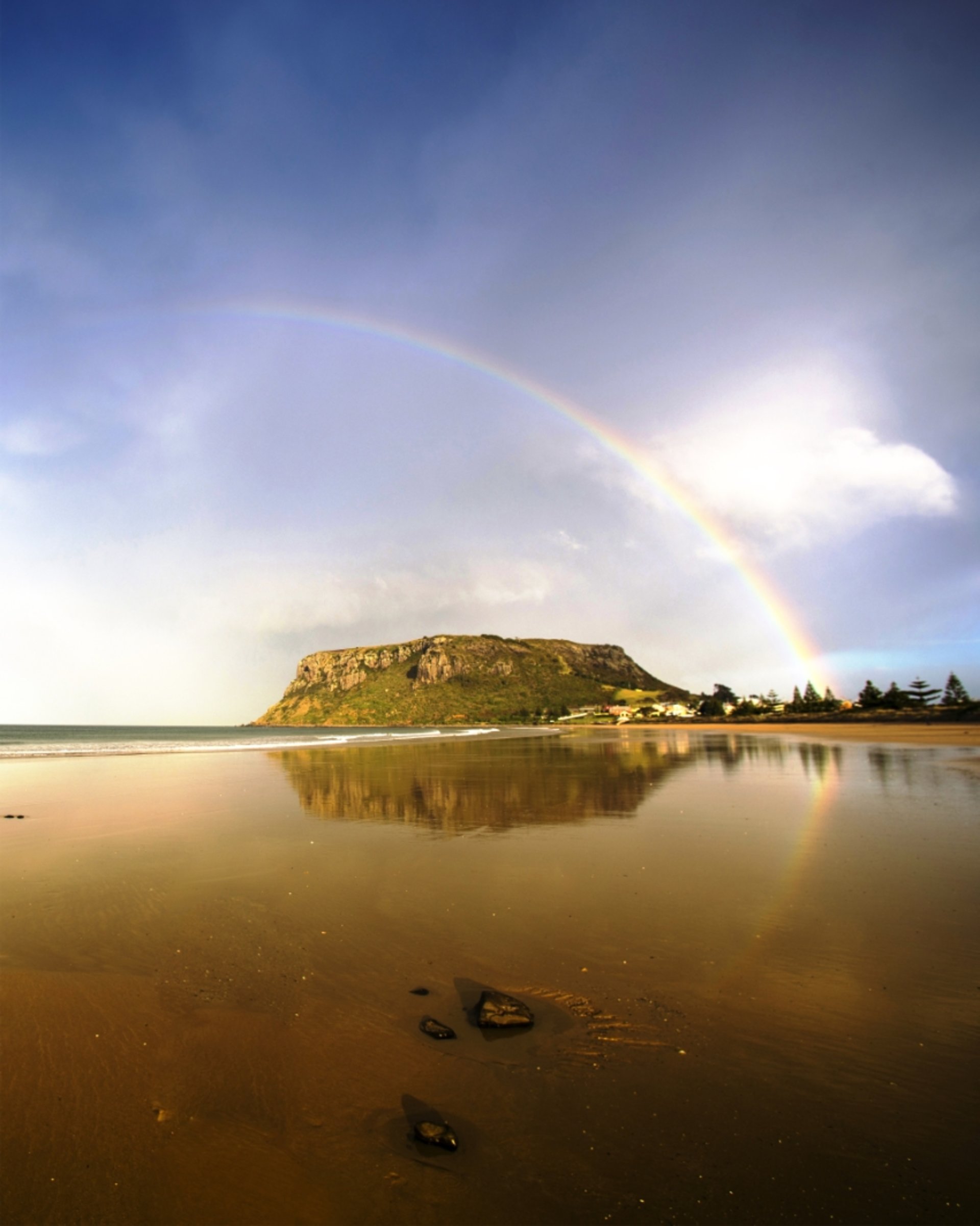
8 Garnet St
8 Garnet St, Launceston TAS 7250, AustraliaBay of Fires
Head to larapuna/Bay of Fires just before sunset to see the coastline transformed by a stunning crimson glow. The granite boulders on the east coast are covered by an orange lichen, a stunning contrast with the white sand and azure water in the Bay of Fires. Go boulder-hopping or float freely. photo: traveller.com.au
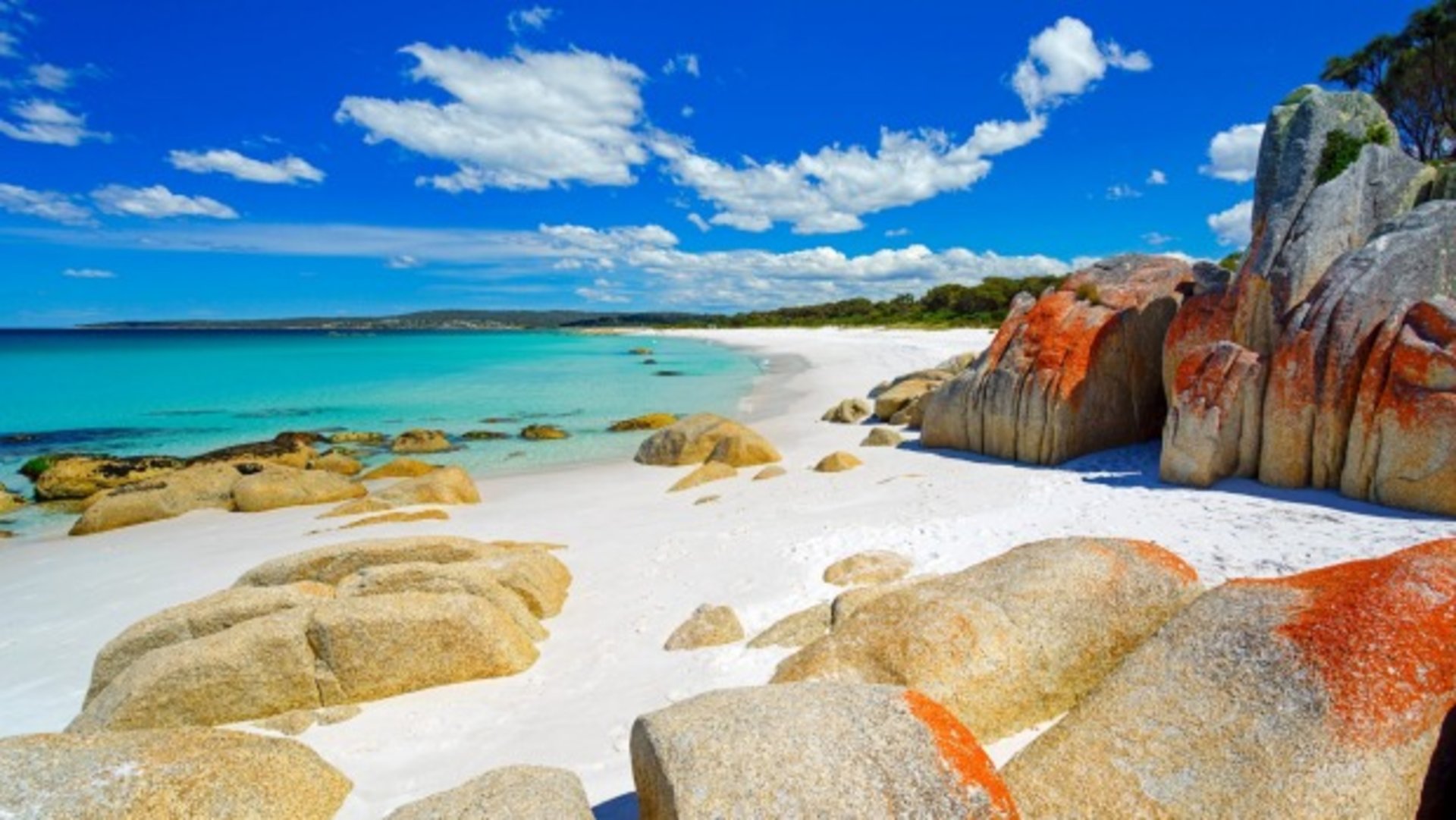
Bay of Fires
Bay of Fires, Tasmania, AustraliaCradle Mountain
No two days are the same on Dove Lake in Cradle Mountain-Lake St Clair National Park. As the weather rolls in, the clouds change shape and the light plays across huge skies. From the Dove Lake Circuit, follow the tracks that lead to Crater Lake. Pass mossy green waterfalls, alpine plants and wildlife, and end at an expansive canyon – the impact point of a prehistoric meteorite. Photo: cradlemountainlodge.com.au
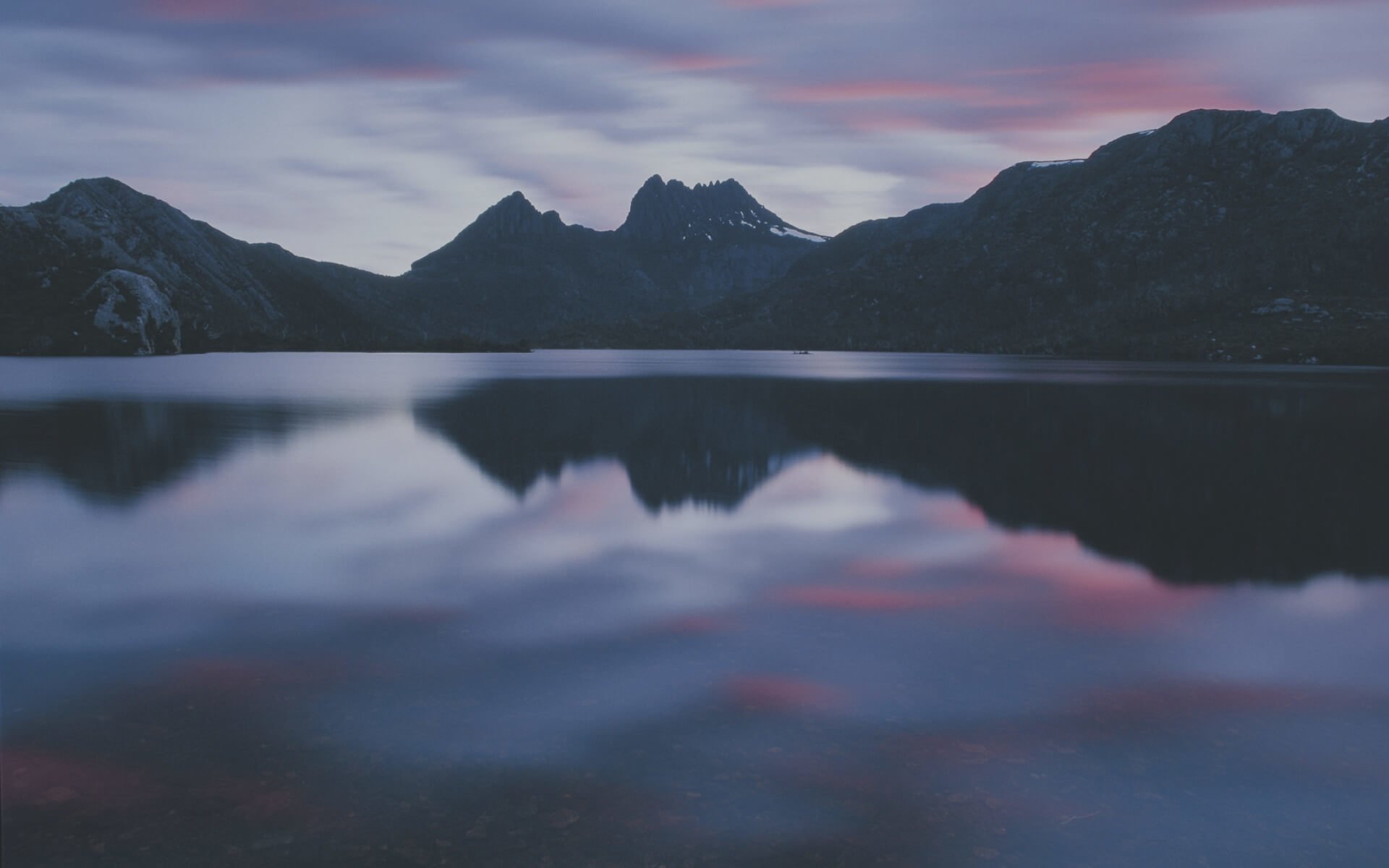
Cradle Mountain
Cradle Mountain TAS 7306, AustraliaPieman River
The vast and untamed wilderness of takayna/Tarkine in the island’s north west harbours startling biodiversity in its wild rivers and mountains, coastal heath and temperate rainforests – the largest tract in Australia – and has special significance to the Tasmanian Aboriginal people. Explore this wonderland by road, kayak, riverboat cruise or walking trails threaded through forests of myrtle, celery top pine and blackwood. Photo: getlostmagazine.co.au
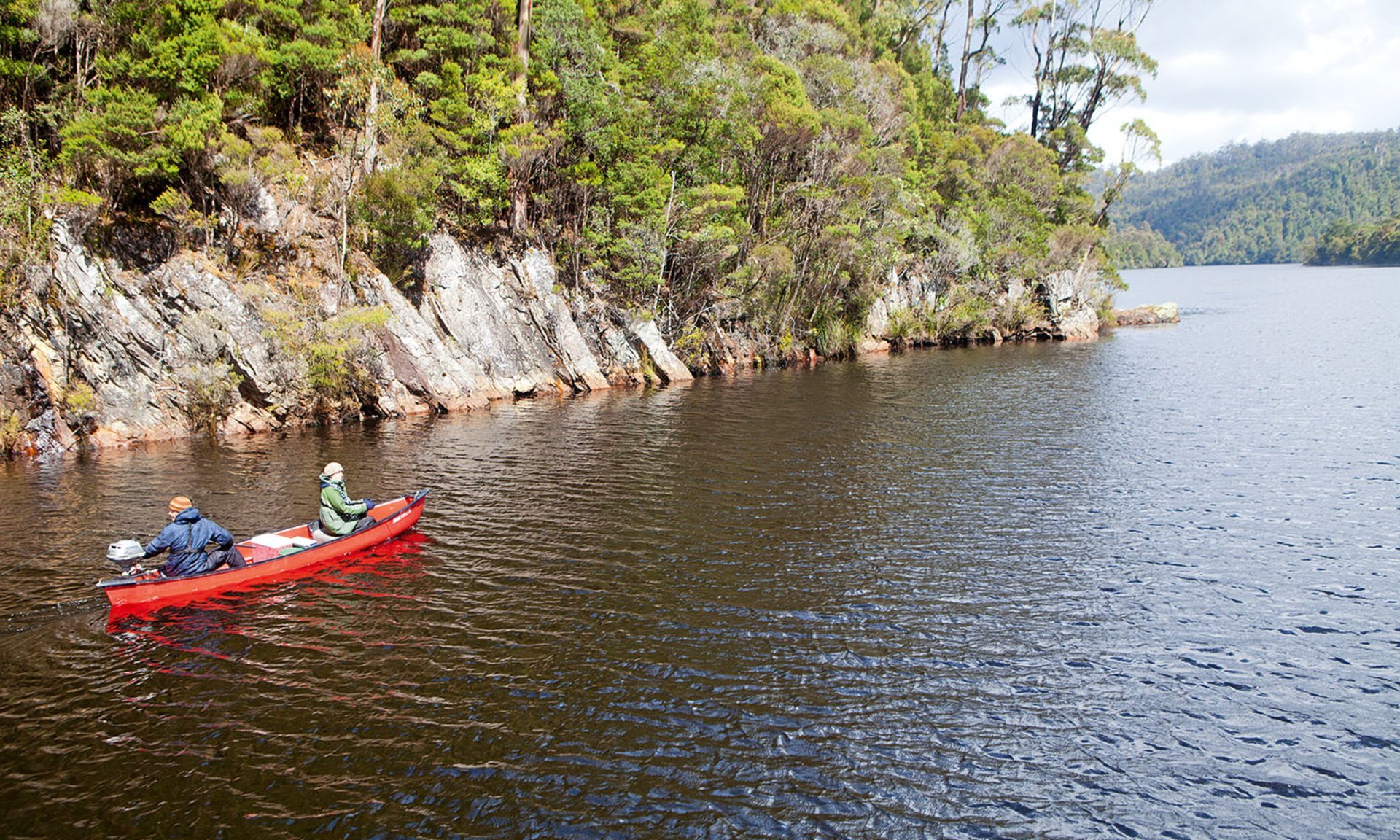
Pieman River
Pieman River, Tasmania 7321, AustraliaCradle Mountain
Venture into the dark to catch the magic of Tasmania’s Southern Lights, aka the Aurora Australis. It’s possible to see this spectacle year-round, though the best months for display are May to September. And while it’s possible to see the lights from anywhere in Tasmania, the best locations are free of light and have unobstructed views to the south. Even better, pack a camera to capture the show. Photo: australiantraveller.com
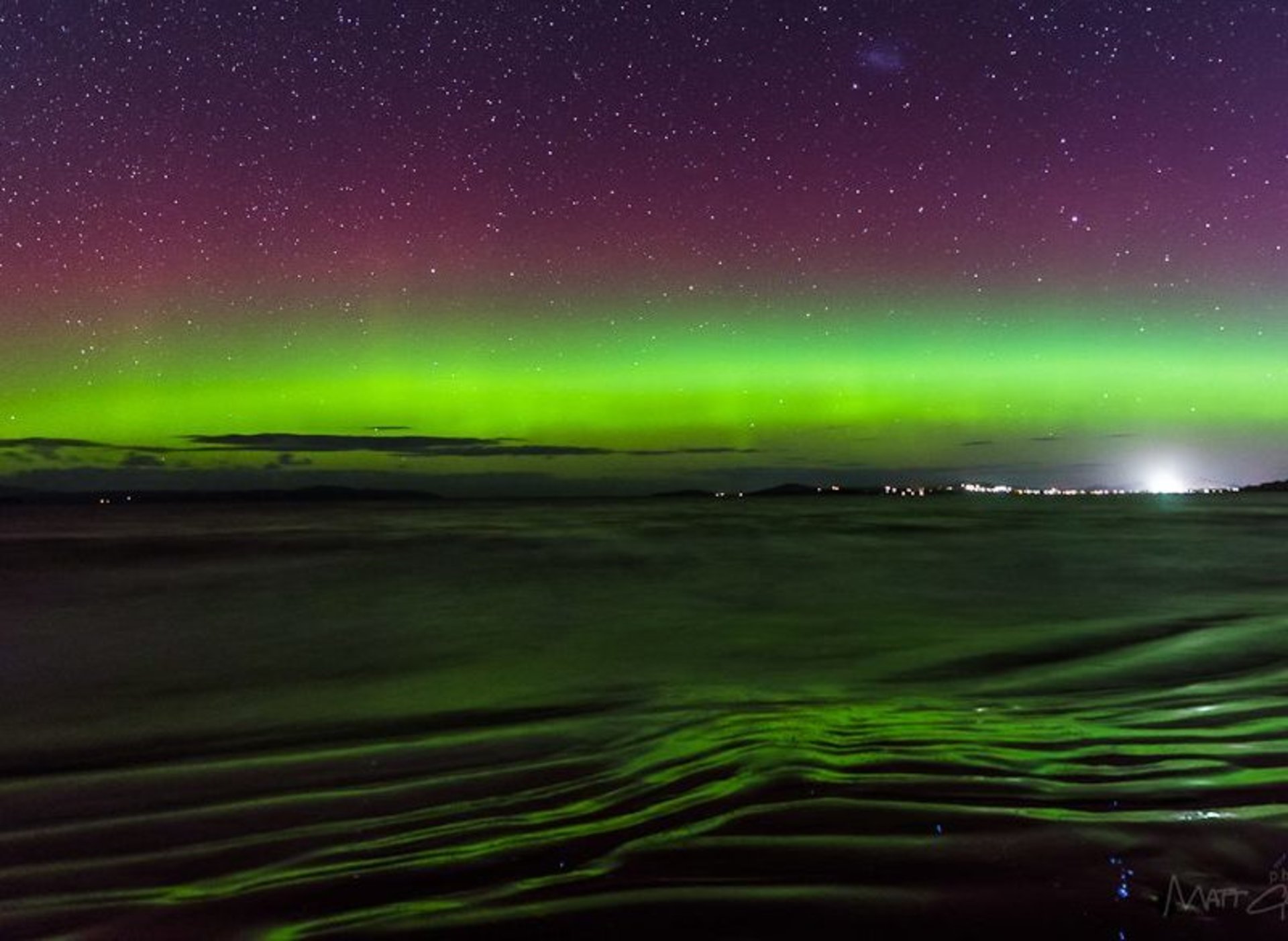
Cradle Mountain
Cradle Mountain TAS 7306, AustraliaHave Story To Share?
Blog with Trip.Social

Reach new audiences and maximize your potential.